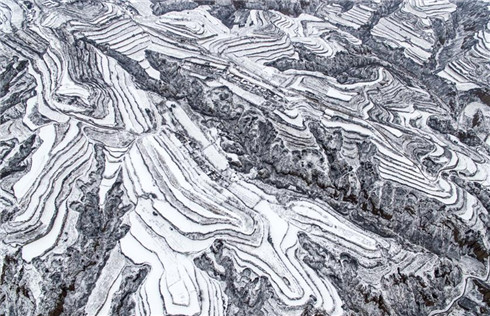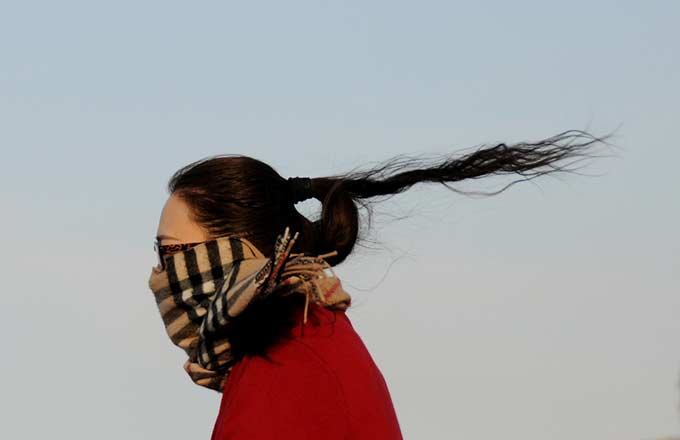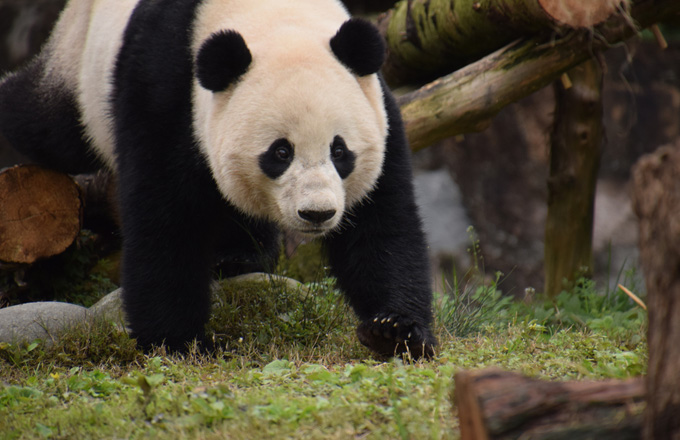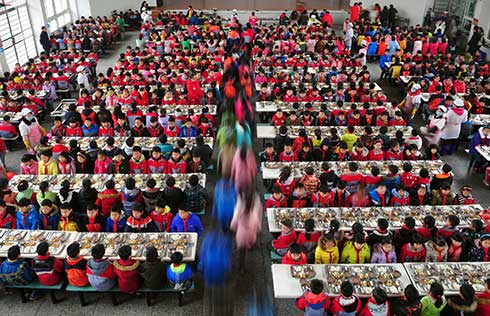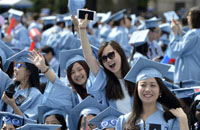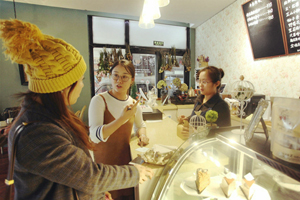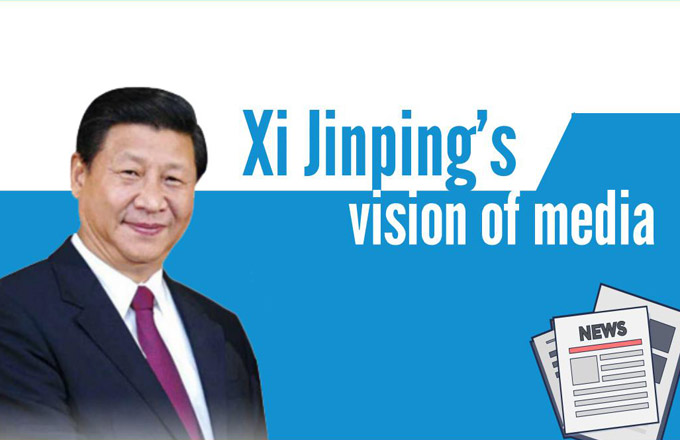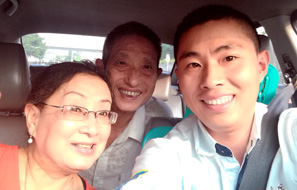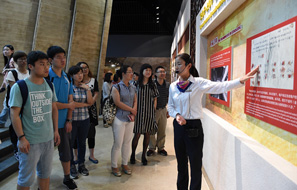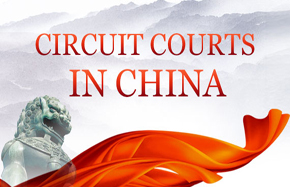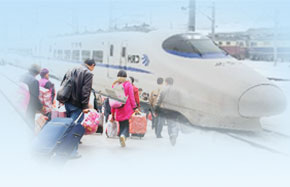Upgrade of capital on target

Up to 16,000 students from Beijing City University, Beijing University of Civil Engineering and Architecture, and Beijing Technology and Business University were moved to the their new campuses outside the Fifth Ring Road over the past three years.
Those measures were aimed at improving Beijing's development in a healthier way and dealing with its big city problems, as well as promoting development in Hebei and Tianjin. The results have been fruitful.
Wang Haichen, a senior official at the Beijing Municipal Commission of Development and Reform, said that by the end of 2016, Beijing had 21.73 million permanent residents, up 2.4 percent year-on-year, but at a growth rate 0.8 percentage points lower than the previous year.
Permanent residents in the city's six major districts dropped for the first time, falling 3 percent.
As Beijing has moved some functions to nearby Tianjin and Hebei province, it has brought industrial growth and business opportunities to those areas.
Wang said that Beijing companies invested 164.2 billion yuan ($23.86 billion) in Tianjin and Hebei in 2015, two and a half times more than the previous year.
"The investment in nearby areas will boost local economic development and increase jobs. Meanwhile, Beijing will have more room for high-end manufacturing and scientific research," he said.
In Yizhuang district, Beijing's manufacturing base, industries for 5G, robot, unmanned vehicles and biological medicine are developing now that the regular manufacturing companies have moved out.
Beijing's Zhongguancun area, together with Huairou and Changping districts, will see three science and technology cities built, becoming a new engine for innovation.
"Beijing will give up the 'big and everything' development method. Instead, the city will focus its development on high-end and high-quality with improved environment and resources," he said. "In this way, it can be a better capital for our country."





